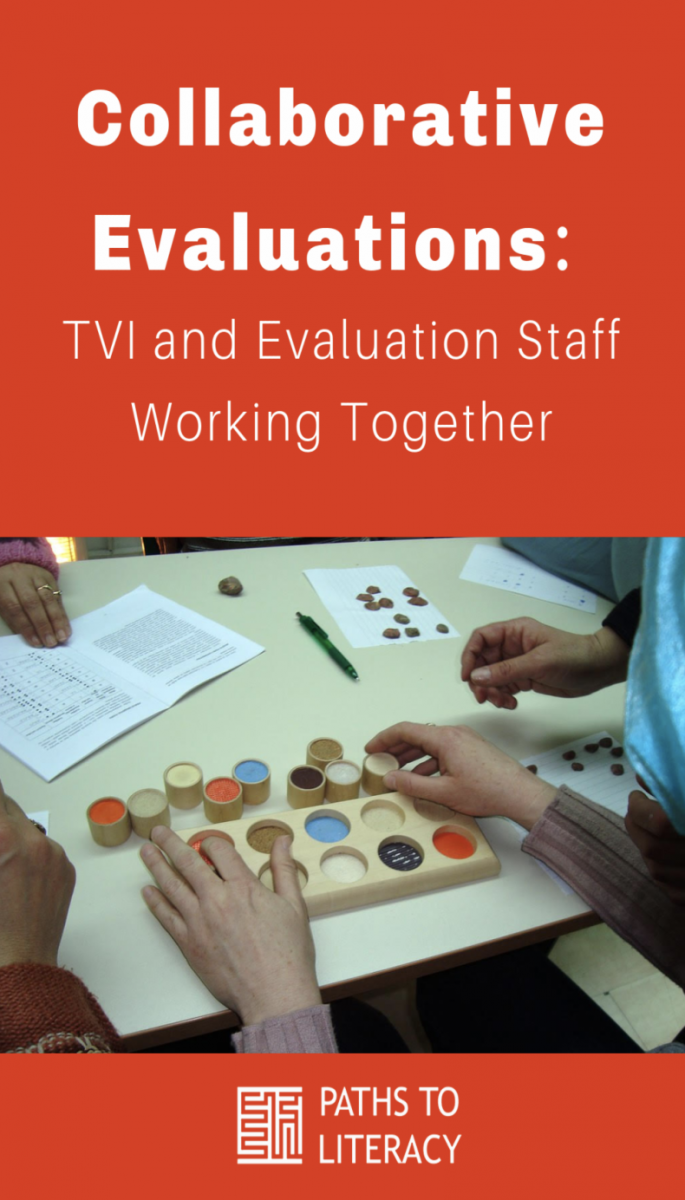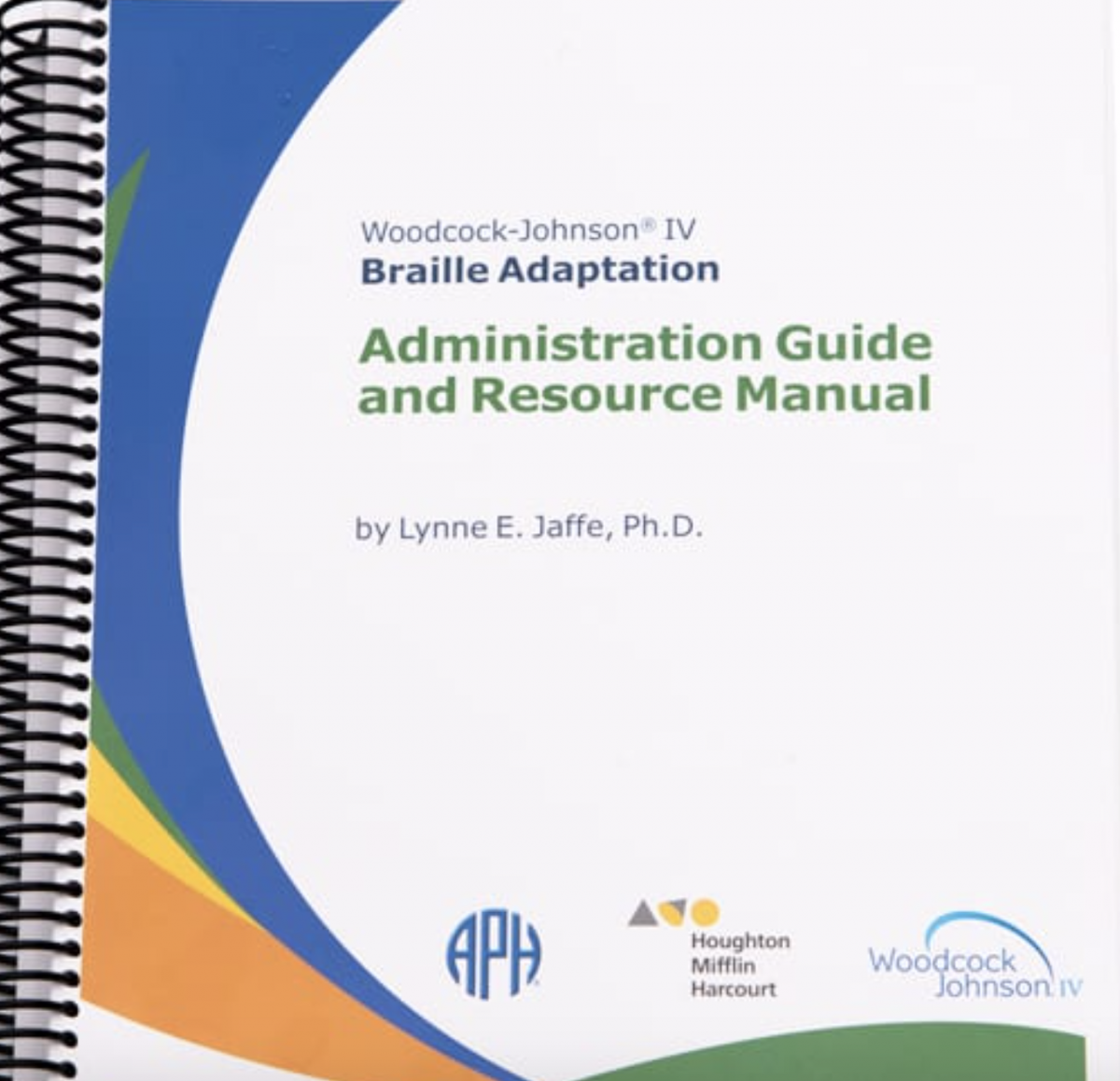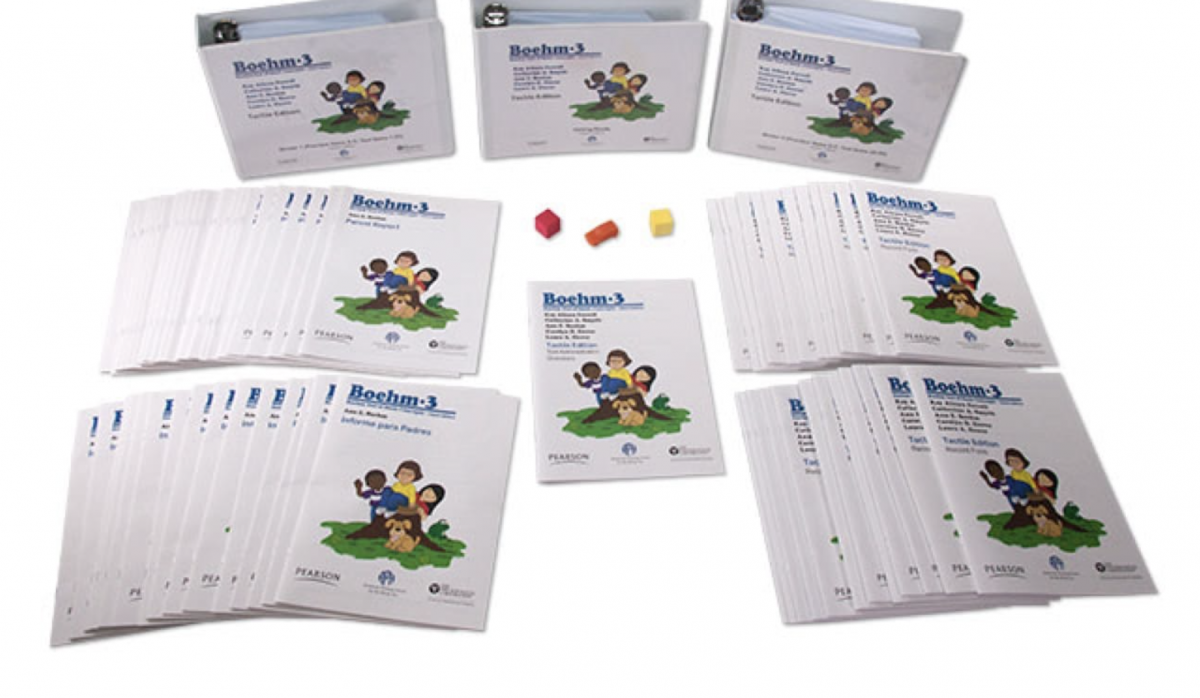Collaborative Evaluations: TVI and Evaluation Staff Working Together
Collaborative evaluations have become an increasingly popular style of evaluating students in the school setting. Different professions identifying strengths and needs, as well as developing comprehensive recommendations, is a powerful model. With low incidence populations, such as students with visual impairment (VI), a collaborative model becomes even more critical. Evaluation personnel have seldom received significant training about the specific characteristics and needs of these populations. The collaborative model allows the teacher of the Visually Impaired (TVI) to describe factors that will impact the choice of instruments, testing situations, and interpretation of results. The evaluation personnel, however, has critical roles in this evaluation. The following summary presents the different types of information that each of these individuals provide. The goal is to ensure that the collaborative evaluation is focused, uses best practice guidelines, and interprets data skillfully and cautiously.
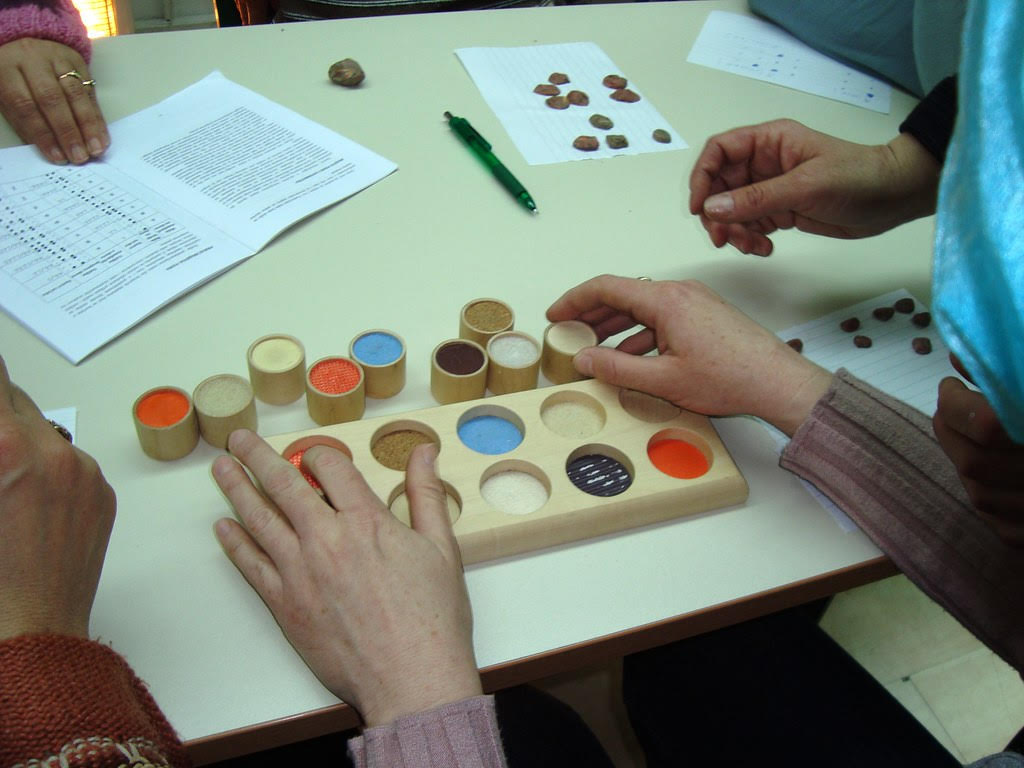
Evaluation Staff
The evaluation personnel bring a wealth of information and most specifically the field of psychometrics. Some of the many areas that this individual will address include:
- Providing information about instruments that are available to address the referral questions.
- Leading the process of selecting the specific instruments after reviewing data presented by the TVI.
- Determining accommodations that can be made without adversely effecting the validity of the instrument.
- Providing information on determining additional eligibility(ies)
One of the critical tasks of evaluation personnel is determining the instruments most appropriate in addressing the referral question. Few instruments are designed specifically for the student with VI, and normative data are not available for any of these at the current time. Thus, the evaluation personnel must objectively review a variety of instruments to determine which is likely to provide the most meaningful information. It is impossible to make a list of “best” instruments because of the wide variety of tests published each year. However, certain characteristics of instruments will result in good predictive validity. These include:
- Provide opportunities for guided practice with demonstrations
- Focus on inferential skills rather than rote memory
- Require the least amount of accommodations
- Include students with VI during test development
- Provide specific guidelines from publishers regarding accommodations
Conversely other characteristics of instruments will result in poor predictive validity. These may result in either overestimate or underestimate of abilities of the student with VI. These include:
- Emphasis on rote memory
- Emphasis on language and vocabulary
- No or minimal opportunities for demonstration
- Use of small manipulatives
Teacher of the Visually Impaired
The TVI has critical roles in preparation for the evaluation, during the evaluation process, and in interpreting the data. These roles will require the TVI to be knowledgeable about general issues of evaluation as well as up to date on the references that are available and helpful to the evaluation staff. When coupled with knowledge of visual impairment and its implications, the TVI can play an important role in making the evaluation a meaningful process for students with VI. Important responsibilities include the following:
- Provide an overview of visual impairment.
- Explain clinical information about VI particularly regarding etiology.
- Discuss the FVA and implications upon learning.
- Discuss recommended accommodations and use during evaluation.
- Discuss recommended adaptive devices, materials, and media.
- Provide information about resources available that discuss evaluation issues specific to the student with VI. This includes peer-reviewed literature as well as available instruments.
Each of these issues represents a broad category of information. The TVI must decide the critical pieces that must be shared to prepare the evaluation specialist. The goal is always to help the evaluation specialist both to administer instruments with awareness of the specific needs of students with VI and to interpret data correctly.
Overview of Visual Impairment
Few, if any, of the evaluation specialists working with the team of students of VI will have direct experience in evaluation of these students. This lack of both experience and formal training in VI results in limited knowledge of the needs of the student with VI. Most critically, this understanding is often characterized by a limited understanding of the complexity of this loss on the development of concepts. Evaluators with limited experience often see the vision loss as simply resulting in the inability to process visual information. They have little understanding of the way that this loss impacts the processes of motor, social, and cognitive development.
The TVI must initially provide information about the different variables that must be considered when discussing the visual impairment. In addition to specifying that these represent only a limited number of the variables, the TVI should discuss the continuum of each of these variables. Few students will fit neatly into any category.
These variables include blindness versus low vision; ocular versus neurological etiology; and congenital versus acquired conditions.
The evaluation specialist should understand that interpretation of the data must consider these three variables. For example, a nine-year-old child who was born with severe VI may have delays in developmental milestones that must be interpreted within the context of differences related to vision. However, in the case of a sixteen-year-old that has delays in developmental milestones but only has recently lost some of his vision, these delays must be interpreted with the understanding of sixteen years of intact vision.
It is also important that the evaluation specialist realize that students with VI and a neurologically-based etiology will have an increased risk of additional difficulties. Some studies indicate that this risk is at approximately 60% and thus indicate the importance of further diagnostic evaluation.
In addition to these three variables, there are other issues such as braille and print readers, and stable and deteriorating conditions that may need to be considered. The TVI should summarize information with the variables that she feels to have the most impact on learning and current difficulties.
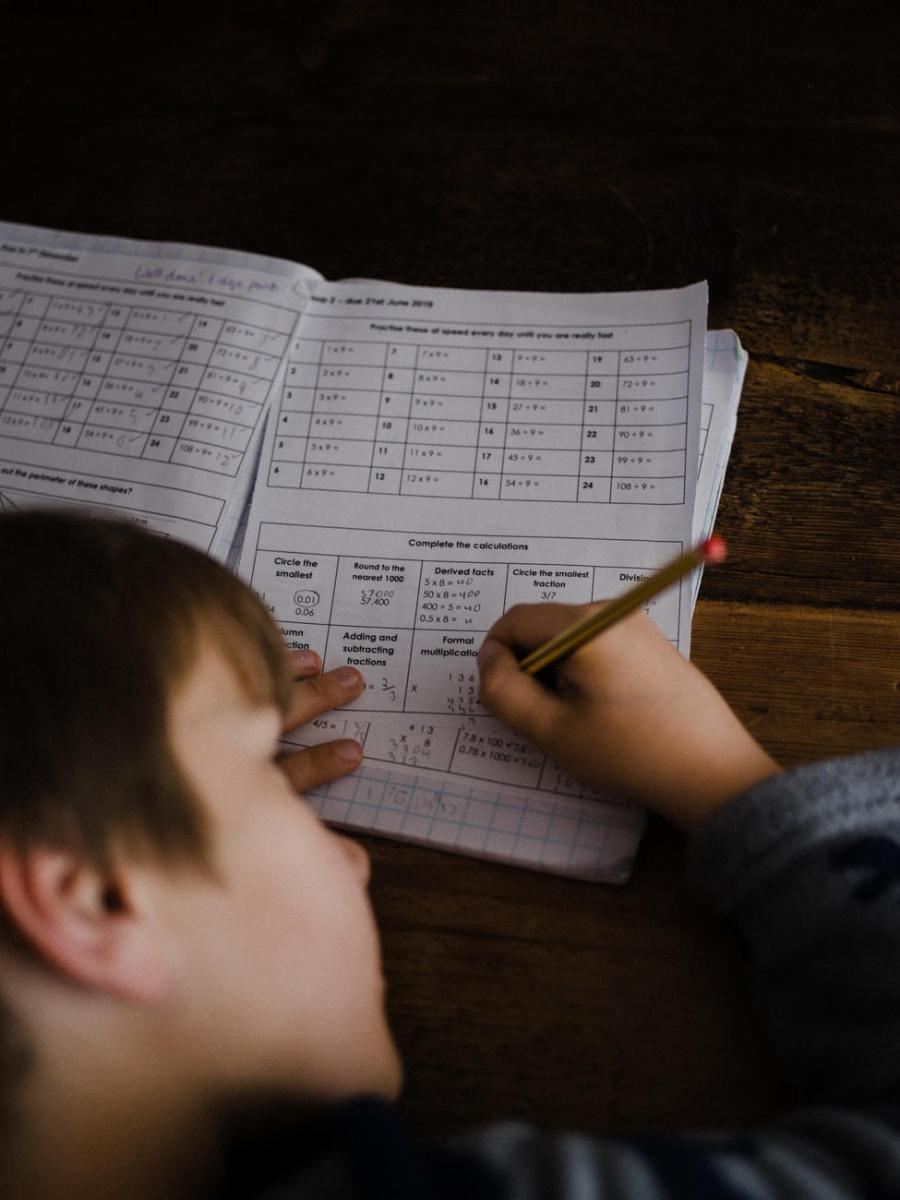
Explain Developmental Process
As mentioned above, the developmental process for a student with VI is a continuum of differences from that of a student with normal vision. The extent to which the differences will exist will depend upon the degree of vision loss, the age of onset, the extent of neurological involvement, and the presence of early educational intervention as well as experiential learning. The differences may be tiny. For example, a student with low vision and 16 years of previously normal vision is likely to have few difficulties. These differences may be obvious only in social skills as students negotiate their loss of vision. The child with early as well as significant loss of vision is likely to show difficulties in all areas. It is important that the evaluator review development in the areas of motor, social, language, and cognitive development.
The critical information about developmental milestones is that there are differences in comparing students with VI with their sighted peers. These differences may or may not be significant. To help with this interpretation, the evaluation specialist must consider the different variables associated with the etiology as well as intervention and experiences.
Clinical Information about the Visual Impairment
The information from an ophthalmological or optometric report serves as one of the core pieces of data in establishing eligibility for services. The evaluation specialist will typically review the overall acuities but may need support in understanding all the relevant information from this report(s). These include such variables as:
- acuities
- field restrictions
- etiology
- prognosis
- medical treatment in the past
- medical treatment recommended for the future
Often the evaluation specialist will have questions about the differences between “legally blind” and eligibility for services. The TVI must be prepared to discuss this issue. Opportunities for visual simulation activities to the evaluator will often be helpful. Demonstration of the impact of conditions such as field restrictions are always more helpful than simple discussions.
Functional Vision Assessment (FVA)
This report is most likely to impact the evaluation. The TVI provides information about the way in which a student with VI uses vision to function in the world. The report provides a wide variety of information that guides both instruction as well as planning for the best possible environment for the evaluation. It provides recommendations regarding:
- Placement of materials
- Lighting
- Physical environment
- Literacy medium
This document also provides information about specific accommodations and adaptive devices. The FVA is a legal document that provides specific recommendations for ways to both implement the Individual Educational Plan (IEP,) and conduct an evaluation. Any deviation from these accommodations should be carefully documented and supported by data.
Accommodations
The TVI and evaluation specialist must meet well before the evaluation. One critical purpose is to review accommodations and the implications for the evaluation. Accommodations are designed to make materials accessible to a student with VI, i.e., providing opportunities for them to perform as effectively as their sighted peers. An accommodation should not change the level of difficulty of any item or task. For example, providing an extended time to read braille material is a common accommodation. This is planned in advance, recommended in the FVA, and documented in the final report. Some other common accommodations include:
- Providing real-life objects instead of pictures
- Presenting materials in braille or LP rather than simply in print
- Providing slate and stylus instead of scratch paper
- Allowing use of an abacus
- Extending time according to a formula
At times there may be accommodations that are used in the classroom but cannot be used in an evaluation situation. Often these are accommodations that are used because a student is learning new skills. For example, a student with VI may be using taped texts to supplement instruction while learning braille skills. It would not be appropriate to use a tape to determine level of reading skills in an evaluation situation. Instructionally it is an appropriate accommodation, but it changes the difficulty level of the required test significantly. The evaluator and TVI must agree upon these areas and document the inability to evaluate a particular skill at this time. The information may be included as an informal measure of the ability to comprehend, but not to read materials. This is no longer an accommodation because it significantly changes the level of difficulty of a particular task.
When the change results in a decreased level of difficulty of a task, it is referred to as a modification. Typically modifications are not used in evaluations but are often used in the classroom on a temporary basis. Some examples of modifications include the following:
- Use of a calculator to solve math problems when it is not provided to sighed peers
- Untimed tests
- Use of real objects for counting and operations tasks in math
Any accommodation used must be recommended in the FVA or other appropriate evaluations and documented in the final report. If an accommodation is used in the classroom but cannot be used in the evaluation, it must also be documented in the final report. It is important that the reason for the inability to use the accommodation is noted.
Adaptive Devices
Students with VI often have a wide array of adaptive devices that help them access their education. Prior to the evaluation, the TVI should discuss these devices with the TVI. The TVI should be certain that the following occurs:
- Adaptive device is available on the days of the evaluation
- Evaluation staff is familiar with the use as well as appropriate situations for its use
- Plan to deal with any problems while using the adaptive devices
In some instances, a student with VI will refuse to use an adaptive device. This is particularly common for teenagers with low vision. The final report should document that the adaptive device was available for use and that student was encouraged to use it.
Resources on Evaluation
Evaluation specialists will appreciate the discussion of evaluation issues with the TVI. However, they specifically value peer-reviewed resources discussing the many issues associated with evaluation of students with VI. It is important that the TVI have knowledge and access to some of the materials that deal with this subject.
First, there are two books that focus solely upon evaluation of student with VI. The first book, Collaborative Assessment, presents data especially directed toward the different disciplines that will be evaluating the student with VI. Specific chapters are directed toward disciplines as diverse as speech language therapists and adaptive PE. It is an excellent resource to support multidisciplinary teams in the evaluation process.
Another book, Making Evaluation Meaningful, is written for psychologists and educational diagnosticians. In addition to an overview of VI, the book also contains information on determining other eligibilities such as Specific Learning Disabilities (SLD) and Autism Spectrum Disorder (ASD.) It also offers specific recommendations for developing an IEP and Behavior Intervention Plan (BIP) for students with VI and other conditions.
For students with a dual sensory loss, a helpful resource is A School Psychologist’s Guide to Deafblindness: Identifying & Supporting Students with Combined Hearing-Vision Loss by Dr. Melinda Wolford, published by the Ohio Center for Deafblind Education (2016).
Other peer-reviewed resources are articles appearing in a variety of sources. One is particularly helpful. The National Association for School Psychologists (NASP) publishes a handbook titled Helping Children at Home and at School as a resource for school psychologists. Revised regularly, it can be used as an introduction to many conditions seen in children. The current edition has a section discussing students with VI. It provides a more comprehensive discussion of many of the topics in this article. This publication is available for purchase from the NASP website.
Finally, American Printing House for the Blind (APH) developed a position paper discussing intelligence testing for individuals with VI. Supporting APH in this process were a group of school psychologists with extensive experience in evaluating students with VI. The position paper presents 10 critical factors that represent “best practice” guidelines for evaluation of students with VI. This paper is cited in two of the major instruments in psychometric testing, the WISC V and the Woodcock-Johnson Battery, Edition 4. A TVI should give this information to the evaluation specialist as well as the peer-reviewed articles mentioned above.
APH is also an important resource for obtaining instruments designed for students with VI. Reviewing the APH catalog is the best way to determine instruments available since these change periodically. Currently the Woodcock-Johnson Battery, Boehm Test of Basic Concepts, and Key Math Diagnostic Achievement Test are all available in both contracted and uncontracted braille as well as in Large Print. None of these instruments have normative data specific to students with VI. However, each of them has undergone a rigorous process to develop an instrument that accurately measures the strengths and needs of a student with VI.
A number of relevant articles are also available on the Texas School for the Blind and Visually Impaired (TSBVI) website.
Benefits of Collaborative Evaluations
With collaborative evaluations and close communication between the TVI and evaluation specialist, an important component of a successful IEP emerges. This process is grounded in an understanding of the different factors that influence the development of a student with VI. It continues with knowledge of ways to ensure the most accurate means of identifying strengths and needs for the student. These results provide an evaluation that identifies critical areas that must be addressed in the IEP as well as other issues that may be influencing learning. Working together results in greater success for all.
